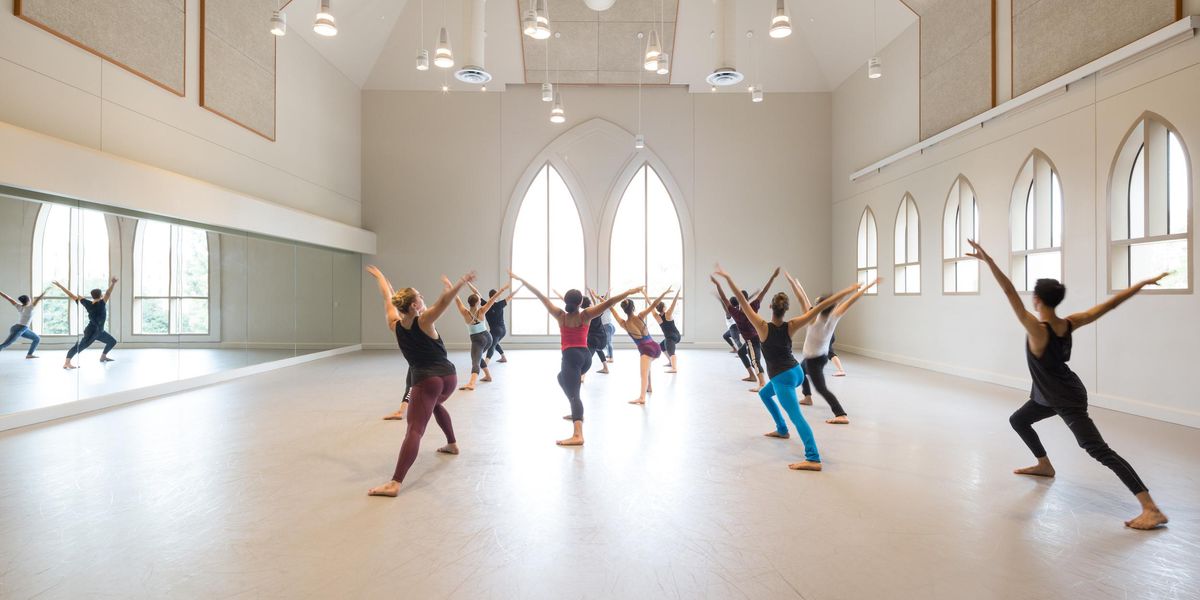Still Classic
Famously grainy and elegant, Max Waldman’s photographs of dancers bring back the decade of the “dance boom”: the 1970s. But they are equally compelling now (in our current dance boom). We see the sweep of the movement and it’s no longer frozen in time. We can almost feel the flow of the fabric and smell the sweat. The dancers are very real and yet somehow idealized too—each one luminous in his or her individuality. Waldman could depict grandeur as well as grit, sweetness as well as melancholy. Whether it’s ballet or modern, a portrait or a pas de deux, a nobility of spirit emanates from each image.
Max Waldman (1919–1981) was born in New York to an immigrant family from Romania and spent part of his childhood in an orphanage. He became a commercial and fashion photographer, shifting to theater in the 1960s. When Natalia Makarova defected from Russia in 1970, Life Magazine assigned Waldman to photograph her. And he never looked back. He fell in love with dancers and dance. He also loved the challenge of capturing a telling moment, a chance encounter. “I can’t control the exact movement of the dancers in midair,” he wrote. “Hopefully, a happy accident will occur.”
We bring you a few such “accidents,” along with quotes from some of the iconic dancers he photographed as they look back at the experience. And if you want to know more about Waldman’s famous images, go to www.maxwaldman.com.
Left:
Judith Jamison in Alvin Ailey’s
Cry. Right: Janet Eilber in Martha Graham’s Frontier.
“It looked spontaneous because it was spontaneous. There was constant flow of energy back and forth, like in a rehearsal where you felt the vulnerability of the choreographer and vice versa. It was what I call a spiritual reciprocity.”
—Judith Jamison
Left: Mikhail Baryshnikov in Twyla Tharp‘s
Push Comes to Shove. Right: Yuriko Kimura in Martha Graham’s Clytemnestra.
Left: Natalia Makarova in Jerome Robbins’
Other Dances. Right: Jolinda Menendez and Charles Ward in Glen Tetley’s Gemini.
“He created an atmosphere where I could just move freely. It was like I had a huge stage—but it was a tiny, tiny studio. He used a special technique in printing so the pictures look almost impressionistic. He caught the movement, not the pose.”
—Natalia Makarova
Right: Merce Cunningham in his
Winterbranch. Left: Peter Martins and Suzanne Farrell in Robbins’ Afternoon of a Faun.
Gelsey Kirkland and Ivan Nagy in Kenneth MacMillan’s
Romeo and Juliet.
“He didn’t make you feel like you were an object being photographed. He just put on the music and you went through choreography. You felt like you were dancing the ballet for him.”
—Gelsey Kirkland




